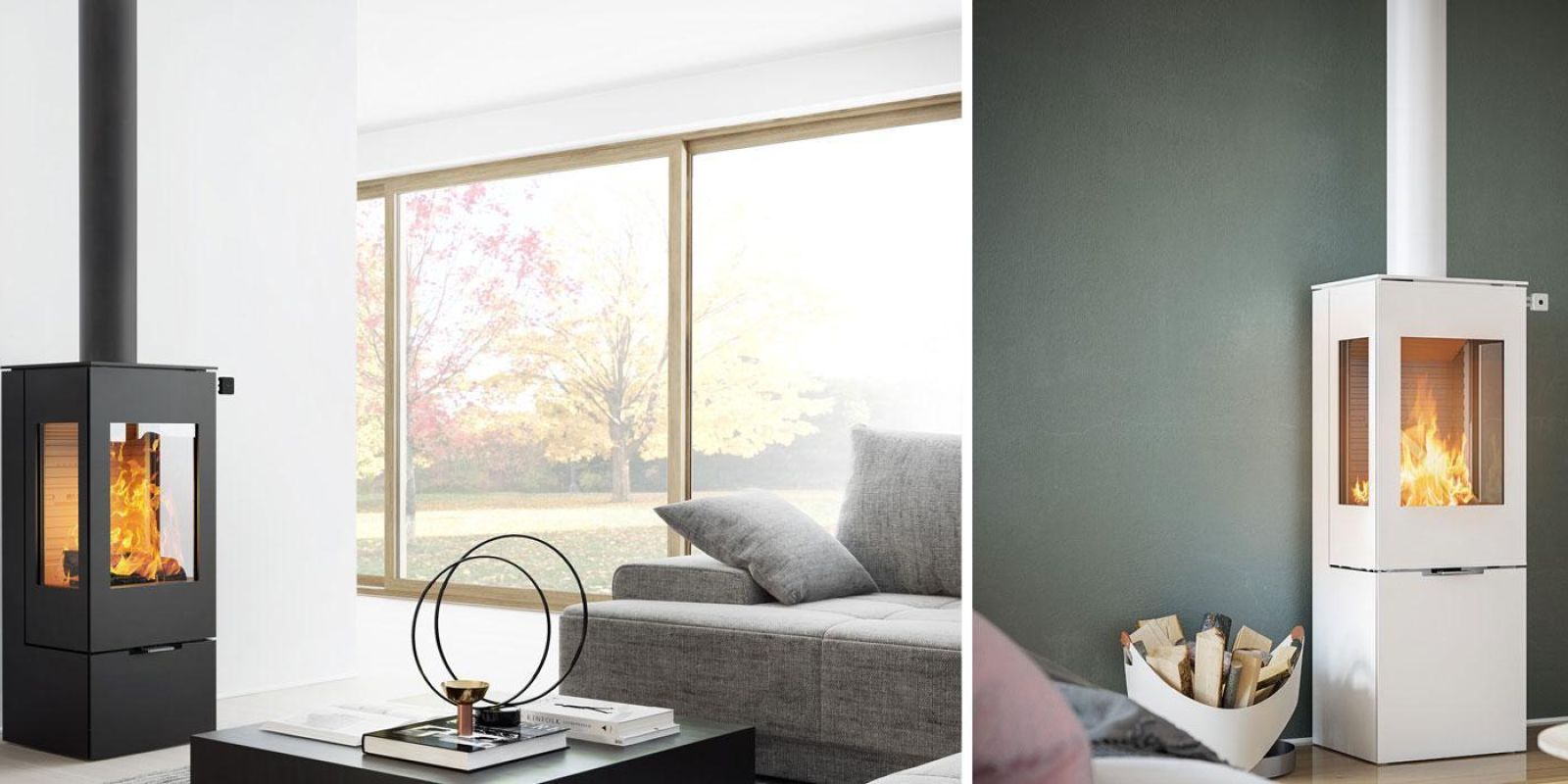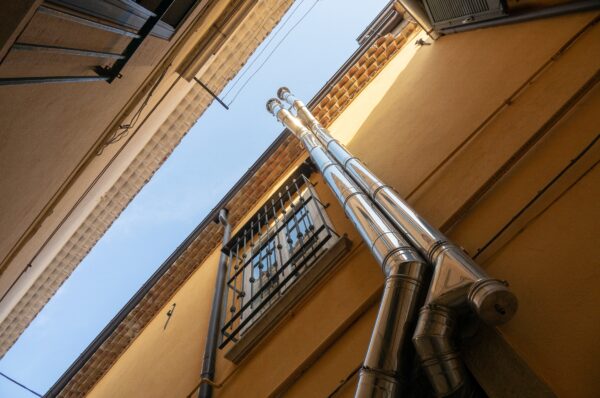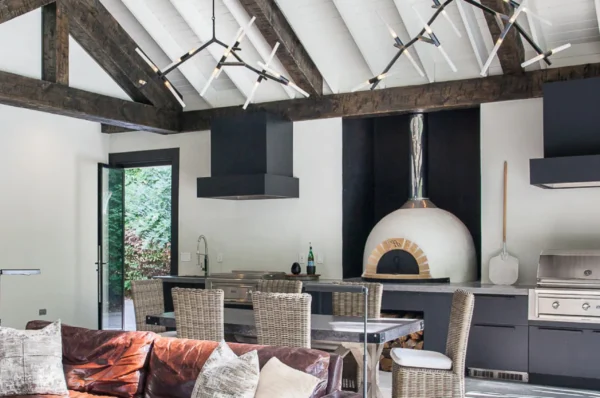If you’re planning to install a wood-burning heater in your Australian home, you’ll definitely need to get familiar with flue pipes—specifically, stainless steel flue pipes. They’re not just a pipe sticking out of your roof; they’re critical for safety, efficiency, and compliance with local building codes. Whether you’re heating a cozy cottage or a spacious off-grid home, the right flue makes all the difference.
Understanding Flue Pipes
What is a Flue Pipe Used For?
A flue pipe is like the chimney’s modern cousin. It channels smoke, gases, and particles from your wood burner safely outside. Without a flue pipe, those fumes would have nowhere to go—which is as dangerous as it sounds.
How Flue Pipes Work in Wood Burning Systems
As your wood heater burns, it creates hot air and gases. The wood burner flue pipe draws these up and out, using natural draft and heat. This keeps your indoor air safe and prevents buildup of smoke or carbon monoxide.
Types of Flue Pipes in Australia
Single Wall vs Double Wall Flue Pipes
- Single wall: More affordable and simple but gets hotter on the outside—needs extra clearance.
- Double wall: Has insulation between layers, making it safer and more efficient. Ideal for Australian homes with strict safety standards.
Flexible vs Rigid Flue Pipes
- Flexible pipes can weave through tight spaces or old chimneys.
- Rigid pipes are preferred for new installations—more durable, easier to clean.
Insulated Flue Systems
Insulated or triple-wall flue systems are gold standard for safety and heat retention. Perfect for bushfire-prone or cold regions in Australia.
Benefits of Stainless Steel Flue Pipes
Durability and Corrosion Resistance
Stainless steel withstands Australia’s harsh weather, coastal salt air, and intense heat. It won’t rust, warp, or decay like cheaper materials.
Heat Tolerance and Safety
It handles extreme temperatures, reducing fire risks and keeping your system functioning efficiently even with prolonged use.
Aesthetic Appeal and Design
Let’s be honest—stainless just looks better. It adds a sleek, modern touch to your home, both indoors and out.
Stainless Steel Flue Pipe Components
Flue Sections
These are straight lengths of stainless pipe, varying in size (commonly 900mm to 1200mm). They snap together to create your full flue run.
Elbows and Bends
If your flue has to turn to avoid a beam or wall, these fittings come in handy.
Flashings and Supports
Flashings seal the flue at your roofline, keeping water and drafts out. Supports keep everything straight and stable—especially important in windy areas.
Cowls and Caps
These sit on top and prevent rain, birds, or debris from falling into your flue. Some even spin to improve draft.
Installation Considerations in Australia
Australian Building Regulations
The flue must meet AS/NZS 2918 standards. That includes clearances from combustibles, roof penetration angles, and height above roofline.
Choosing the Right Size and Length
Too short? Poor draft. Too long? Excessive heat loss. Your wood heater’s manual will recommend ideal specs.
Positioning and Clearance Rules
Typically, flues must clear the roof peak by at least 300mm and be 1 meter taller than anything within 3 meters. Sounds complicated? It can be—plan carefully.
Wood Burner and Flue Compatibility
Matching Flue Pipe to Wood Heater Model
Not all flues fit all heaters. Make sure your stainless flue’s diameter matches your heater’s outlet.
Vertical vs Horizontal Flue Installations
Vertical is ideal—better draft, easier cleaning. Horizontal runs (e.g., through a wall) require more bends and often a fan or additional chimney to work efficiently.
Maintenance and Safety Tips
Cleaning Your Flue Regularly
Creosote buildup = fire hazard. Clean at least once a year (more if you burn green wood).
Signs of Flue Issues
Backdrafts, slow burns, or smoke indoors can signal trouble. Don’t ignore the warning signs.
Hiring a Certified Chimney Sweep in AU
Yes, they still exist—and they’re worth every dollar. Professionals ensure a safe and thorough job.
Where to Buy Stainless Steel Flue Pipes in Australia
Online Stores and Retailers
Check platforms like eBay AU, Bunnings, or specialized heater stores like Pivot Stove or Scandia.
Trusted Australian Brands
Look for brands like Maxiheat, Nectre, or Saxon. Local manufacturing means better compliance and often, better warranties.
Cost of Stainless Flue Pipes in Australia
Price Breakdown by Size and Type
- Single-wall: $30–$70 per meter
- Double-wall: $100–$200 per meter
- Accessories (cowls, bends, flashings): $50–$200 each
Installation Cost Estimation
Expect to pay $800–$2,000 for professional installation, depending on your home’s complexity.
DIY vs Professional Flue Pipe Installation
Pros and Cons of DIY
- Pros: Cost saving, satisfying project
- Cons: Risky if you’re unsure about fire safety standards or regulations
Why Hiring a Pro Might Be Safer
A licensed installer ensures compliance, safety, and peace of mind. Plus, many warranties require it.
Common Problems and Fixes
Smoke Leaking Into the Room
Check for gaps, leaks, or blockages. Also, is your flue tall enough?
Condensation in the Flue
This can cause rust. Make sure the flue is properly insulated and that wood is dry before burning.
Rust and Corrosion Prevention
Even stainless needs love. Wipe down exposed sections and avoid harsh cleaners.
Environmental Benefits of Efficient Flue Systems
Reducing Smoke Pollution
A properly installed and cleaned flue helps reduce emissions. Clean burn, clear conscience.
Improving Wood Heater Efficiency
Better draft = better burn. You’ll use less wood and get more heat. Win-win.
Conclusion
Whether you’re building your dream off-grid cabin or updating your suburban heater, investing in a stainless steel flue pipe is one of the smartest decisions you can make. It’s not just about safety—it’s about efficiency, design, and compliance. The Australian climate demands quality materials, and stainless steel delivers on every front. With proper installation and regular maintenance, your flue system will keep your home warm and your family safe for years to come.
FAQs
1. Can I install a stainless flue pipe myself?
Yes, but only if you thoroughly understand building codes and safety regulations. Otherwise, hire a licensed professional.
2. How long do stainless steel flue pipes last?
With proper care, over 20 years—especially in Australia’s varied climates.
3. Are stainless steel flue pipes safe for all heaters?
Most wood heaters are compatible, but always check your manufacturer’s specs.
4. Do I need a flue liner with stainless steel flue?
Not usually, but it depends on the installation and whether you’re retrofitting into a chimney.
5. What’s the best flue pipe for bushfire-prone areas?
Double or triple-wall stainless steel flues with a spark arrestor cowl are best.



